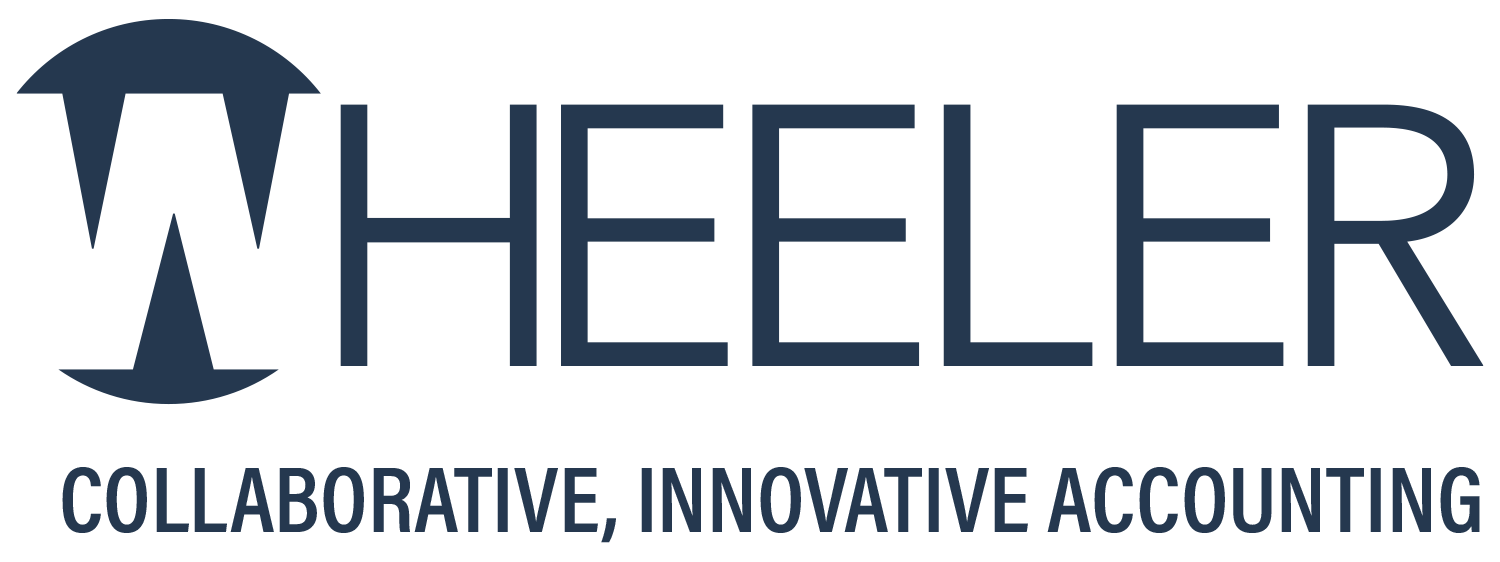We are pleased to announce that Wheeler Accountants, LLP will be expanding to Watsonville, California.
Wheeler Accountants, LLP is merging practices with Steve Stringari and Dennis Campbell of Watsonville. Effective November 1, 2017, their practice will be known as Wheeler Accountants, LLP – Watsonville Office, where they will continue to serve their clients. Our firms decided to join forces because of our shared principles of providing high quality advice, expertise and value to our long-standing clients. We are confident we can provide additional support and expertise that will enable Steve and Dennis to expand their offerings available to their existing clients as clients of our firm.
We are looking forward welcoming Steve, Dennis, their team, and their clients to our firm! Please reach out to us if you have any questions.
Wheeler Accountants, LLP is recognized as one of the top accounting firms in the Santa Clara Valley for its management consulting expertise, as well as audit, accounting and tax services. The firm has over 60 years of experience serving clients in a wide variety of industries.












 Susan Conners, EA and Senior Tax Specialist, has been chosen as Employee of the Quarter. Sue joined Wheeler in 2016 as part of our merger with Leonard Williams, CPA. Sue brought a wealth of experience to Wheeler and has been a welcome addition to our team. Sue has provided a great deal of support for our Estate and Trust department, is responsive and is very thorough with her work. Our clients enjoy her calm, reassuring communication style and our Partners, Managers and staff appreciate that she is always willing to pitch in and help others wherever needed. Congratulations to Sue and thank you for all the hard work!
Susan Conners, EA and Senior Tax Specialist, has been chosen as Employee of the Quarter. Sue joined Wheeler in 2016 as part of our merger with Leonard Williams, CPA. Sue brought a wealth of experience to Wheeler and has been a welcome addition to our team. Sue has provided a great deal of support for our Estate and Trust department, is responsive and is very thorough with her work. Our clients enjoy her calm, reassuring communication style and our Partners, Managers and staff appreciate that she is always willing to pitch in and help others wherever needed. Congratulations to Sue and thank you for all the hard work!
 If you’re looking to save money on your taxes this year, consider using one or more of these tax-saving strategies to reduce your income, lower your tax bracket, and minimize your tax bill.
If you’re looking to save money on your taxes this year, consider using one or more of these tax-saving strategies to reduce your income, lower your tax bracket, and minimize your tax bill.


 With less than three months remaining in the calendar year, now is a good time to double check your federal withholding to make sure enough taxes are being taken out of your pay.
With less than three months remaining in the calendar year, now is a good time to double check your federal withholding to make sure enough taxes are being taken out of your pay.